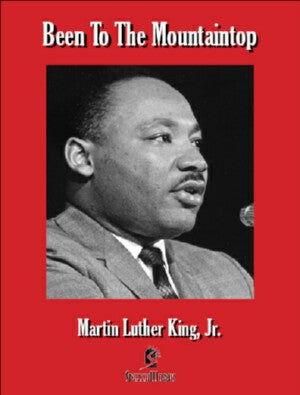Just the Facts: America's Documents of Freedom 1848-1857
Educators from noted American universities share their insights on: Seneca Falls Declaration of Sentiments (1848), Married Women s Property Act (1848), Treaty of Fort Laramie (1851), Gadsden Purchase (1853) and Dred Scott v. Sandford (1857).åÊSeneca Falls Declaration of Sentiments (1848)åÊ -- Women‰۪s rights activists met in Seneca Falls, New York, and demanded equal rights åÊfor women.åÊ Their declaration quotes from the Declaration of Independence: "We hold these truths to be self-evident; that all men and women are created equal...."åÊ The Seneca Falls document laid the groundwork for future women‰۪s rights movements. åÊMarried Women‰۪s Property Act (1848) --åÊ This act granted women one small step toward equality.åÊ New York state passed a law allowing married women to own property, file lawsuits, and retain their earnings. Other states followed, but equality on a national level was slow in coming. åÊThe Compromise of 1850 (1850) --åÊ New states were being admitted to the union.åÊ Would they be slave states or free states?åÊ This compromise temporarily defused the controversial issue but also created the Fugitive Slave Act, which proved to be very divisive.åÊ Treaty of Fort Laramie (1851) åÊ--åÊ Representatives of the Great Plains Indian tribes and the U.S. government met in Laramie, Wyoming, and signed this treaty, which required each Indian tribe to remain in a defined territory, not attack westward-moving settlers, and allow the U.S. to build roads and forts in Indian territory. Gadsden Purchase (1853) åÊ--åÊ In a transaction that facilitated building of the southern transcontinental railroad, the U.S. paid Mexico $10 million for land lying in the southwestern corner of New Mexico, which defined the final boundaries of the continental United States. åÊDred Scott v. Sandford (1857) åÊ--åÊ In this U.S. Supreme Court ruling, Dred Scott, a slave, was denied his freedom. The high court ruled that slaves were non-citizens who had no rights.åÊ The hostilities between pro-slavery and abolition forces were escalating over this volatile issue.






